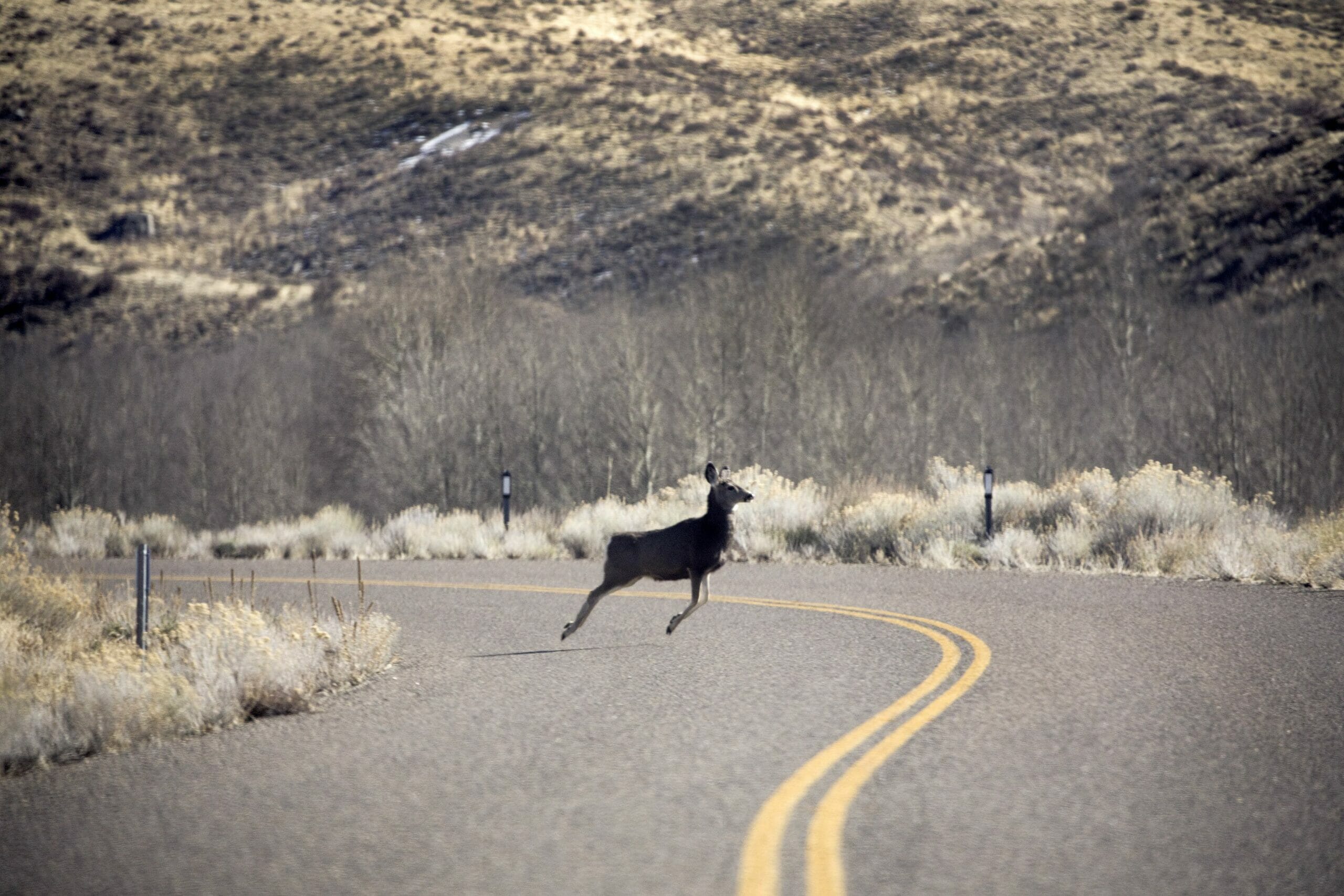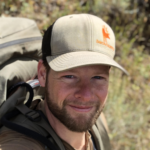BLM’s new public lands rule good for wildlife, hunters, outdoor enthusiasts

As an avid hunter, angler, backpacker and all-around outdoorsman, I know how lucky I am to live in a state that has so much access to public lands. Nevada truly is paradise for anyone who enjoys outdoor recreation with their family and friends.
Much of our land — 48 million acres to be exact — is managed by the Bureau of Land Management (BLM) with a mission to “sustain the health, diversity, and productivity of the public lands for the use and enjoyment of present and future generations.” Unfortunately, for far too long, the emphasis has been on “productivity” instead of “sustain the health.” That could be about to change in ways that will benefit all of us who use and enjoy our public lands.
The BLM recently proposed to elevate conservation as one of the multiple uses of these lands — on par with energy development, grazing, mining and recreation. The goal of the proposal is to restore the health of landscapes that have been ravaged by drought, wildfire, overdevelopment, invasive species and feral horses. It’s a common-sense idea to put more emphasis on conservation and land health to ensure that these lands will indeed survive and thrive for future generations.
There’s perhaps no better symbol of the problem of our degraded lands than what has been happening to Nevada’s mule deer herd. Mule deer populations have been plummeting because their habitat has been under siege from wildfire, pinyon-juniper encroachment, drought and the destruction caused by feral horses. When habitat is destroyed, mule deer have trouble finding adequate food and water, safe migration pathways and even genetically diverse mates. There has been so much stress on mule deer that the Nevada Department of Wildlife is recommending a total of 10,783 deer tags for the 2023 season, compared to 15,210 in 2022. That equates to a 40 percent reduction in overall tag numbers. In portions of eastern Nevada, units that once offered 300 tags have been cut down to less than 50.
As hunters, we have a vested interest in making sure that species in decline are properly managed to ensure their recovery. That’s why I am such a strong supporter of the proposed BLM conservation rule. The surest way to restore the health of big game species is to improve their habitat. The agency’s proposed rule puts an emphasis on land and watershed restoration so that wildlife biodiversity and connectivity is improved across landscapes. It does so in ways that won’t threaten other uses, such as mining or grazing. Instead, it will focus on identifying lands that can be feasibly restored back to health.
This new rule directs agency employees to identify and prioritize landscapes for restoration by working with tribal partners and state and local agencies. The BLM employees will have to regularly monitor and assess the lands to ensure that the new management practices are indeed improving the health of the ecosystems.
The proposed rule also contains a new way to restore lands by issuing conservation leases. This would allow private groups to enter into an agreement with the BLM to restore wildlife habitat for a limited amount of time. These leases could also be used as an important tool for compensatory mitigation. For example, if an energy company wanted to compensate for development in one area, it could buy conservation leases in a separate area in need of restoration.
It's a win-win proposition for everyone. This doesn’t alter the “multiple use” mission of the BLM, but in fact honors its original intent. It won’t stop energy development, mining, grazing or timber harvests. Instead, it will encourage responsible development so that the lands can thrive well into the future. It also provides additional opportunities for tribal and local communities to have more input into the way their public lands are managed. Conservation works best when all stakeholders are involved and this proposed rule recognizes that fact.
The benefits of such a policy are numerous. Not only will wildlife habitat be restored, but the risks of wildfire will be reduced, the spread of invasive species will be controlled, forage for livestock will be improved, and opportunities for hunting, fishing and other outdoor recreation will be expanded. Healthier lands will also make communities more resilient in the face of a changing climate.
The BLM is currently soliciting public comments about this new conservation rule and will hold a public meeting in Reno on June 1. I hope my fellow hunters and anglers will join me in letting the agency know that this proposed conservation rule for public lands is a giant step forward in safeguarding Nevada’s wildlife, public lands, and sporting traditions for generations to come.
Russell Kuhlman is the executive director of the Nevada Wildlife Federation.
